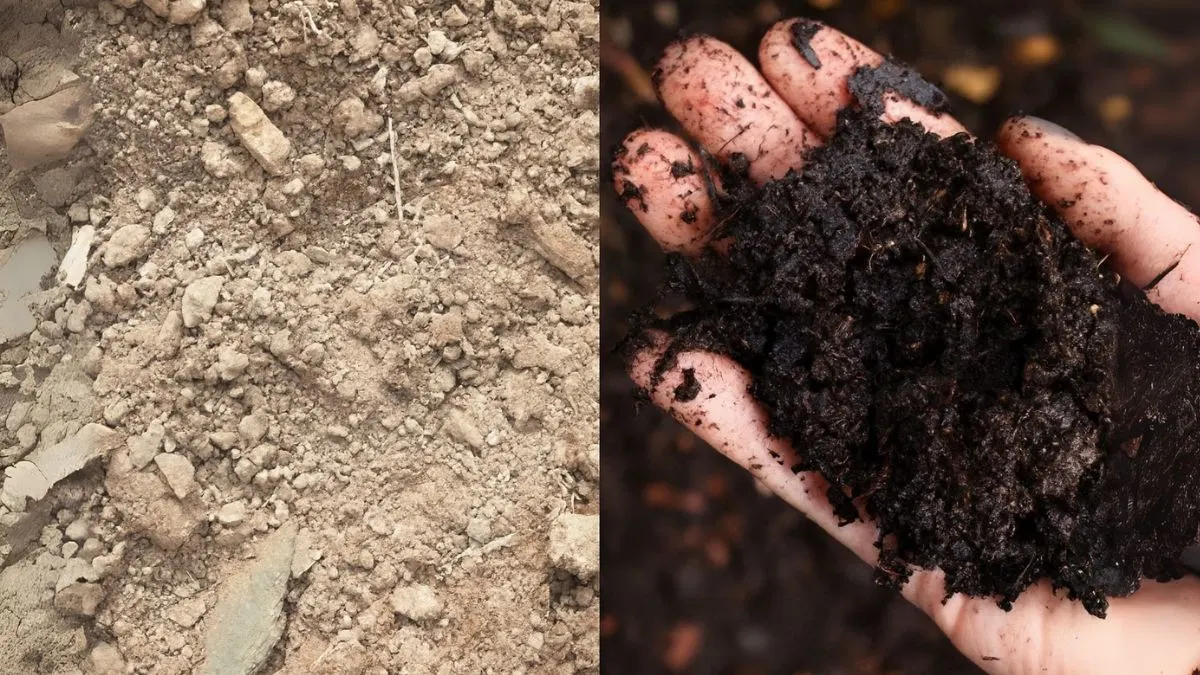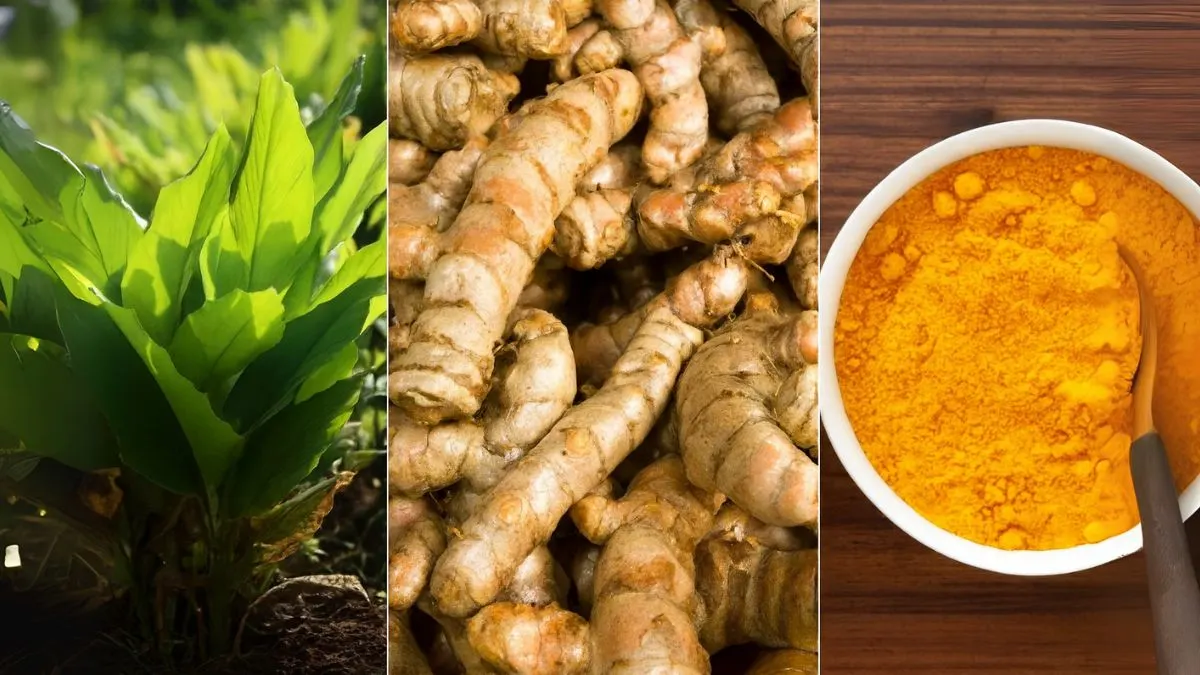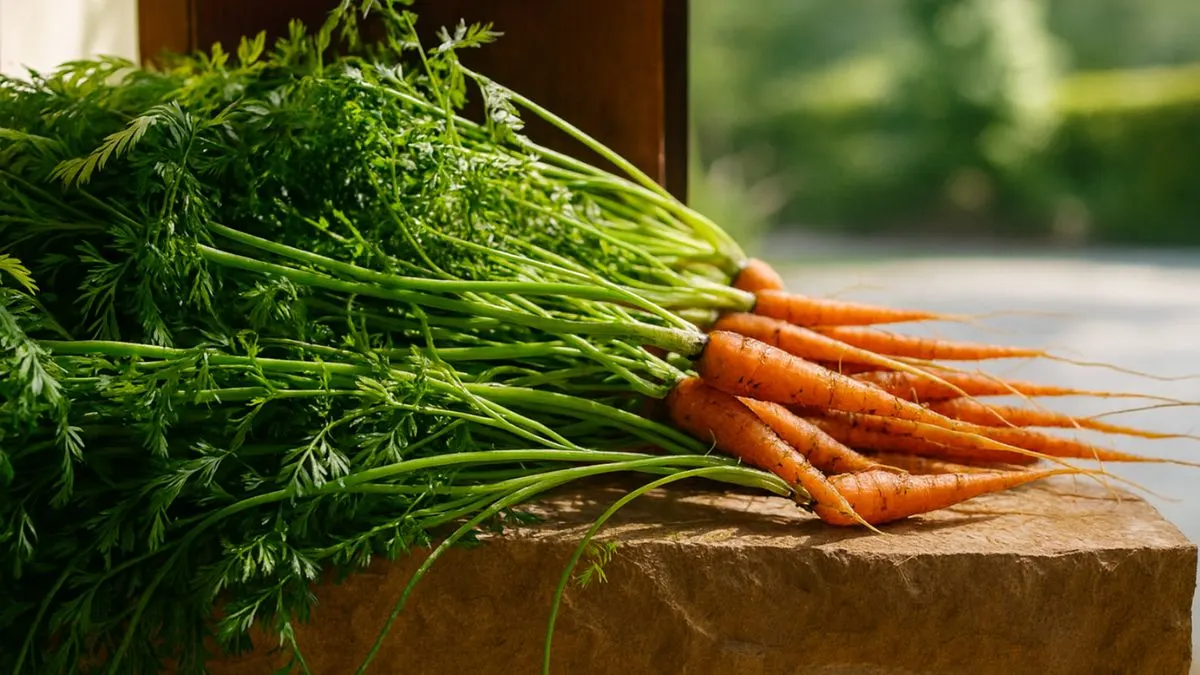Bonsai isn’t just gardening—it’s a slow, meditative art form that invites you to connect deeply with nature. Each tiny tree tells a story, shaped by years of care and patience. When I first got into bonsai, I thought they were just “small potted plants.” But the moment I pruned my first branch and saw new growth weeks later, I realized it’s more like raising a living sculpture.
If you’re curious about starting your own bonsai journey, choosing the right species makes all the difference. Some trees are forgiving for beginners, while others demand years of skill and attention. Here are some of the most popular bonsai trees—each with its own personality, beauty, and care style.
-
Juniper Bonsai – The Classic Choice
If you’ve ever seen a bonsai in a movie or a Japanese garden, chances are it was a juniper. Its lush green needles, elegant curves, and resilience make it the go-to bonsai for beginners.
Why People Love It:
- Tolerates shaping and pruning well
- Can be grown outdoors year-round
- Iconic “windswept” look
Care Tips:
Place in bright sunlight, water when the soil feels slightly dry, and protect from extreme frost. Junipers are happiest outdoors, where they get natural light and airflow.
-
Ficus Bonsai – Indoor-Friendly and Forgiving
When I moved into an apartment with no garden space, my ficus bonsai saved my bonsai dreams. This species thrives indoors, making it perfect for city dwellers. The glossy leaves and aerial roots give it a tropical charm.
Why People Love It:
- Great for beginners
- Tolerates low humidity and indoor conditions
- Can handle occasional missed watering
Care Tips:
Keep in bright, indirect light. Water when the topsoil is slightly dry, and mist occasionally to keep leaves fresh.
-
Japanese Maple – A Seasonal Beauty
Japanese maples are living fireworks—changing color with every season. In spring, they burst with delicate green leaves. Summer brings a richer shade, and autumn turns them into a blaze of red and orange.
Why People Love It:
- Stunning seasonal changes
- Elegant, delicate leaves
- Excellent for artistic shaping
Care Tips:
Prefers outdoor placement in partial sunlight. Protect from strong afternoon sun and harsh winter frost.

-
Chinese Elm – The Adaptable Artist
The Chinese elm is like that friend who can fit in anywhere. Whether indoors or outdoors, it adapts easily and forgives most beginner mistakes. Its small serrated leaves and fine branching make it a favorite for shaping intricate designs.
Why People Love It:
- Extremely hardy and adaptable
- Perfect for learning pruning techniques
- Looks good in both informal and formal styles
Care Tips:
Water regularly, but don’t let the soil stay soggy. Prune often to encourage dense branching.
Also Read: Why Eating Celery for a Week Could Change Your Health
-
Pine Bonsai – A Symbol of Strength
Pines are the old masters of bonsai—symbolizing longevity, wisdom, and endurance. With their textured bark and rugged needles, they bring a wild, mountain-like presence to any collection.
Why People Love It:
- Traditional in Japanese bonsai culture
- Can live for decades (even centuries)
- Beautiful, rugged appearance
Care Tips:
Grow outdoors in full sun. Pines need well-drained soil and careful pruning to maintain their shape without weakening the tree.
-
Azalea Bonsai – A Burst of Color
If you want flowers in your bonsai, azaleas are pure joy. In spring, they explode with vibrant pink, red, or white blooms that almost hide the foliage entirely.
Why People Love It:
- Stunning flowers
- Compact growth habit
- Great for show displays
Care Tips:
Needs acidic, well-drained soil. Water regularly during blooming season and protect from intense midday sun.
-
Olive Bonsai – Mediterranean Charm
With silver-green leaves and a gnarled trunk, olive bonsai trees bring a touch of the Mediterranean to your home. They also carry a rich symbolism of peace and endurance.
Why People Love It:
- Unique leaf color and texture
- Long-lived and hardy
- Can produce small olive fruits in the right conditions
Care Tips:
Prefers full sun and infrequent but deep watering. Great for warm climates.
-
Cherry Blossom Bonsai – The Spring Showstopper
A cherry blossom bonsai is pure poetry in plant form. In spring, it bursts into delicate pink or white blooms that last just long enough to make you cherish every moment.
Why People Love It:
- Stunning seasonal flowers
- Cultural significance in Japan
- Romantic and delicate beauty
Care Tips:
Needs a dormant winter period, so keep outdoors in cooler months. Provide full sun and protect from frost during blooming.
-
Jade Bonsai – The Beginner’s Gem
The jade plant is technically a succulent, but it can be trained beautifully as a bonsai. Its plump, glossy leaves and thick trunk make it almost impossible to kill, which is why many beginners start here.
Why People Love It:
- Extremely low maintenance
- Can survive long periods without water
- Adds a touch of green all year round
Care Tips:
Needs bright light and minimal watering. Avoid overwatering, as roots can rot easily.
Also Read: Container Gardening Secrets for Endless Baby Cucumber Harvests
-
Boxwood Bonsai – The Evergreen Sculptor
Boxwoods have small leaves and dense branching, making them perfect for precise shaping. They’re hardy, evergreen, and look amazing in formal bonsai styles.
Why People Love It:
- Easy to prune into neat shapes
- Tolerates different climates
- Classic evergreen look
Care Tips:
Grows best outdoors in partial sun. Keep soil slightly moist and prune regularly to maintain shape.
Choosing your first bonsai is a bit like choosing a pet—it’s not just about how it looks, but how it fits your lifestyle. If you want something low-maintenance for indoors, go for ficus or jade. If you love outdoor gardening and seasonal beauty, Japanese maple or pine might be your calling.
Bonsai is a journey of patience and care, but each tree rewards you with beauty that lasts for decades. Start with one, learn its needs, and you might just find yourself with a miniature forest someday.



